Promoting emotional well-being in kids is essential for their all-round development. Mental health activities can help children cope with stress, build resilience, and develop positive coping skills. These activities are practical, fun, and easy to implement at school, home, or for teens.
Key Takeaways:
- Mental health activities help kids manage stress and build resilience.
- Activities like journaling and art encourage emotional expression.
- Outdoor play and group games promote teamwork and physical activity.
- Tools like worry jars and music support emotional regulation.
- These activities enhance kids’ emotional well-being and development.
1. Breathing Exercises for Calmness
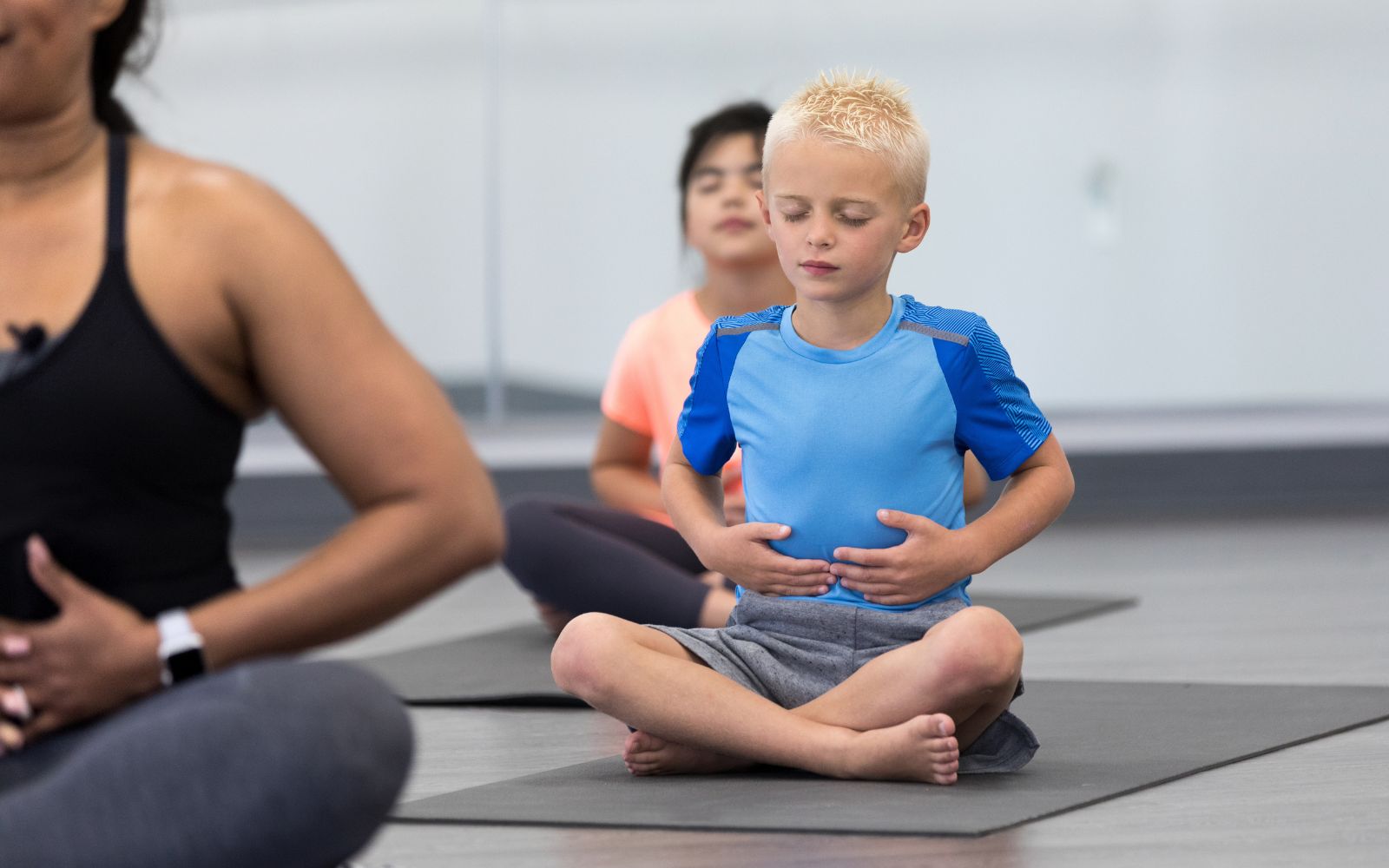
Deep breathing is an effective way to help children learn to manage their emotions by promoting relaxation and clarity of mind. One fun and engaging activity to teach this is “Balloon Breathing,” which encourages kids to imagine themselves as balloons. They take a deep breath in, just like inflating a balloon, and then slowly exhale, mimicking the balloon deflating.
Benefits:
- Reduces stress and helps control emotions effectively.
- Improves focus and concentration on tasks.
- Easily adaptable for schools, home environments, or group settings.
2. Gratitude Journaling
A gratitude journal helps kids focus on the good things in their lives. They can write short sentences, draw pictures, or even add photos of things they’re thankful for. This simple activity teaches them mindfulness and helps them appreciate the little things. It’s a great way for kids to reflect on their day and develop a positive mindset. Over time, it can really boost their emotional well-being and make them more aware of the good around them.
Advantages:
- Positive thinking with good experiences
- Developing emotional intelligence and self-reflective ability
- Both digital and traditional journaling can be used
3. Outdoor Play and Nature Walks
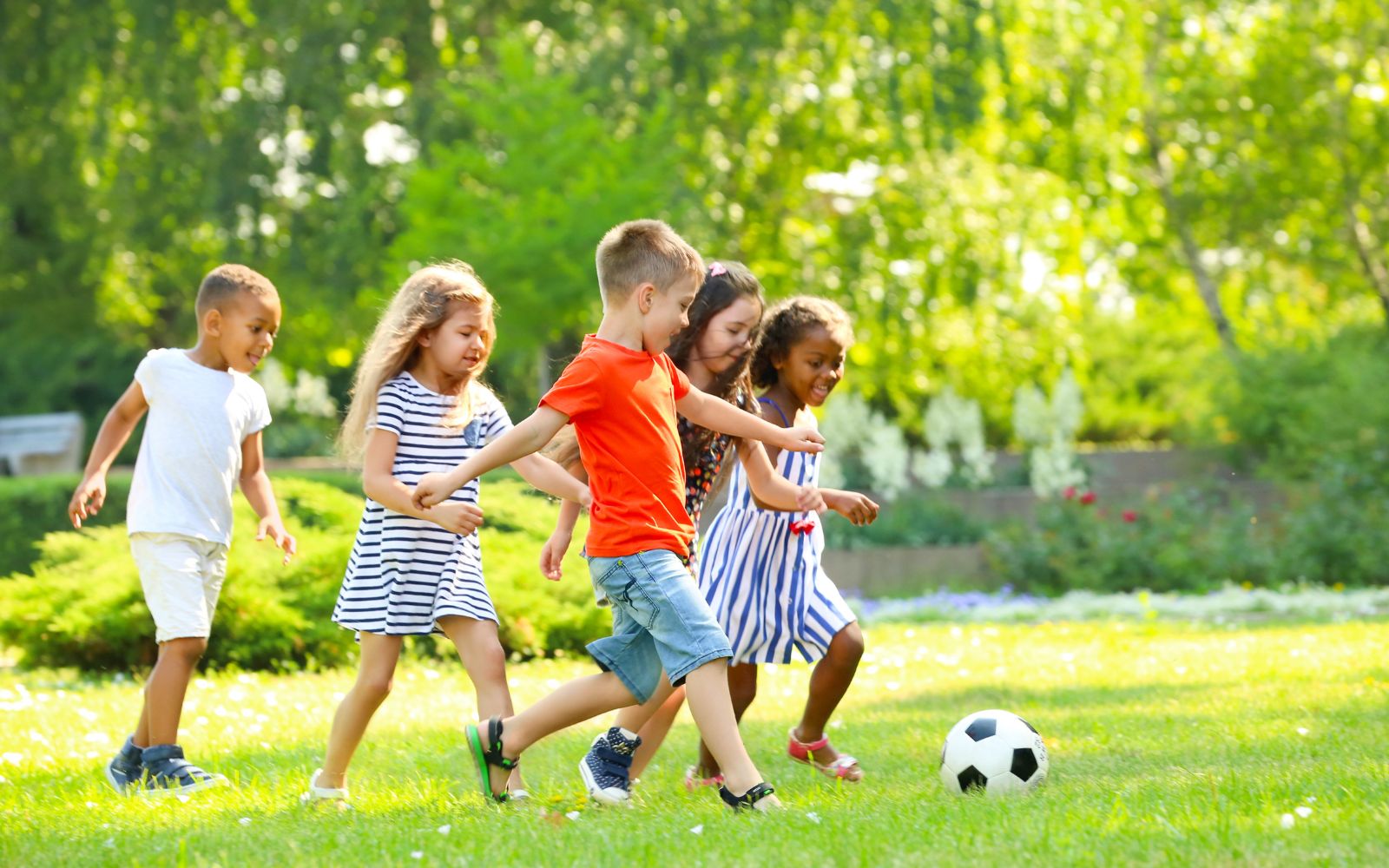
Nature-based activities like walking in a park, watching birds, or doing some gardening help kids connect with the outdoors. These simple, calming activities allow them to relax and discover the world around them. Being in nature not only promotes peace but also helps children develop a deeper appreciation for their environment. It’s a great way for them to unwind and enjoy the beauty of the natural world.
Additionally, platforms like LineLeader offer helpful tools for organizing outdoor activities and managing group programs for kids.
Benefits:
- Decreases stress and develops a general mood.
- Encourages physical activity and a heightened sense of awareness
- Useful for family reunions, school holidays, and community activities
4. Art and Craft Therapy

Drawing, painting, or creating crafts are powerful tools for kids to process emotions they may struggle to express verbally. These activities provide a safe and supportive space for exploring and releasing feelings while encouraging self-discovery and creativity. Through art, children can channel their emotions into meaningful and constructive expressions.
Benefits:
- Enhances creativity and emotional expression.
- It offers a calming and therapeutic experience.
- Perfect for home crafts or school art sessions.
5. Feelings Charades
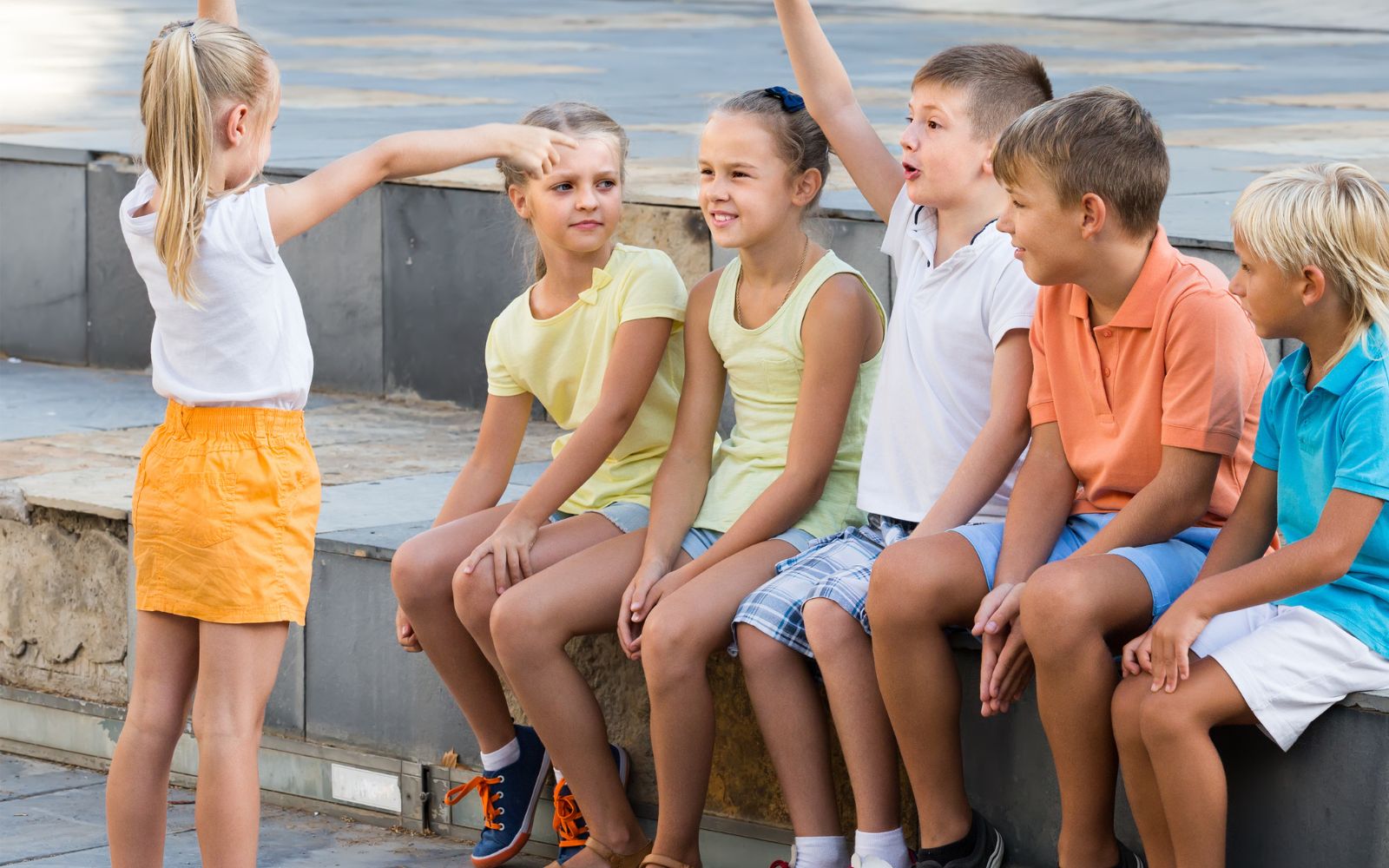
In this game, kids act out emotions like happiness, sadness, or excitement, while others guess what they are feeling. It’s a fun, interactive way to help children recognize and understand different emotions. This activity boosts emotional intelligence, encourages social connections, and allows kids to learn how to express themselves in a supportive environment. It’s a great way for them to engage with each other while developing empathy and communication skills.
Advantages:
- Promotes empathy and emotional awareness.
- It promotes social skills and cooperation.
- Ideal for family fun or classroom fun activities.
6. Yoga and Relaxation Poses
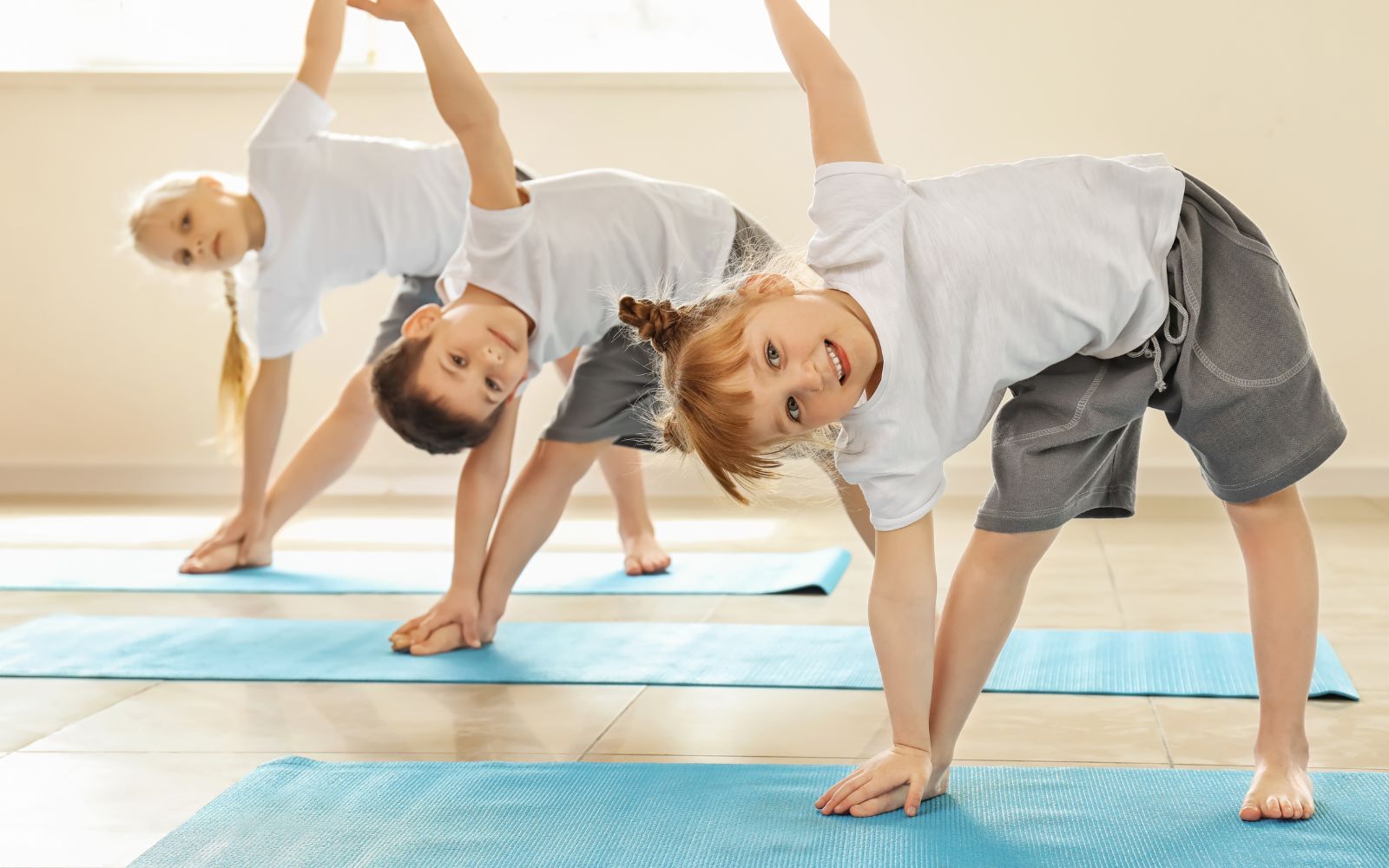
Yoga combines gentle physical activity with mental relaxation, offering kids a holistic way to support their well-being. Simple poses like the “Butterfly Pose” or “Child’s Pose” help promote calmness, improve focus, and enhance body awareness. These practices enable children to better manage their energy, reduce stress, and develop mindfulness in a nurturing environment.
Benefits:
- Promotes relaxation and physical balance.
- Helps kids develop mindfulness and self-awareness.
- Suitable for home or school mindfulness sessions.
7. Worry Jars

Kids write down their worries on small pieces of paper and put them in a jar, offering a simple, tangible way to express their feelings. This activity helps them recognize and process their emotions, giving them a sense of relief. Over time, it encourages healthier ways to cope with stress and fosters a more positive mindset. It’s a great tool for kids to manage their worries and build emotional resilience.
Benefits:
- Teaches kids to acknowledge and manage their concerns.
- A tangible way to process emotions.
- Perfect for therapy, classrooms, or home routines.
8. Guided Storytime or Visualization

Stories or pictures focused on relaxation and self-discovery help children explore their emotions in a calm and safe space. Activities like listening to guided stories or imagining peaceful places allow kids to connect with their feelings and promote emotional growth. These moments of quiet reflection support emotional understanding and provide a soothing escape.
Benefits:
- Improves emotional awareness and imaginative thinking.
- A great way to take a break from busy routines.
- Excellent for bedtime or quiet times at school.
9. Mood Music Playlists
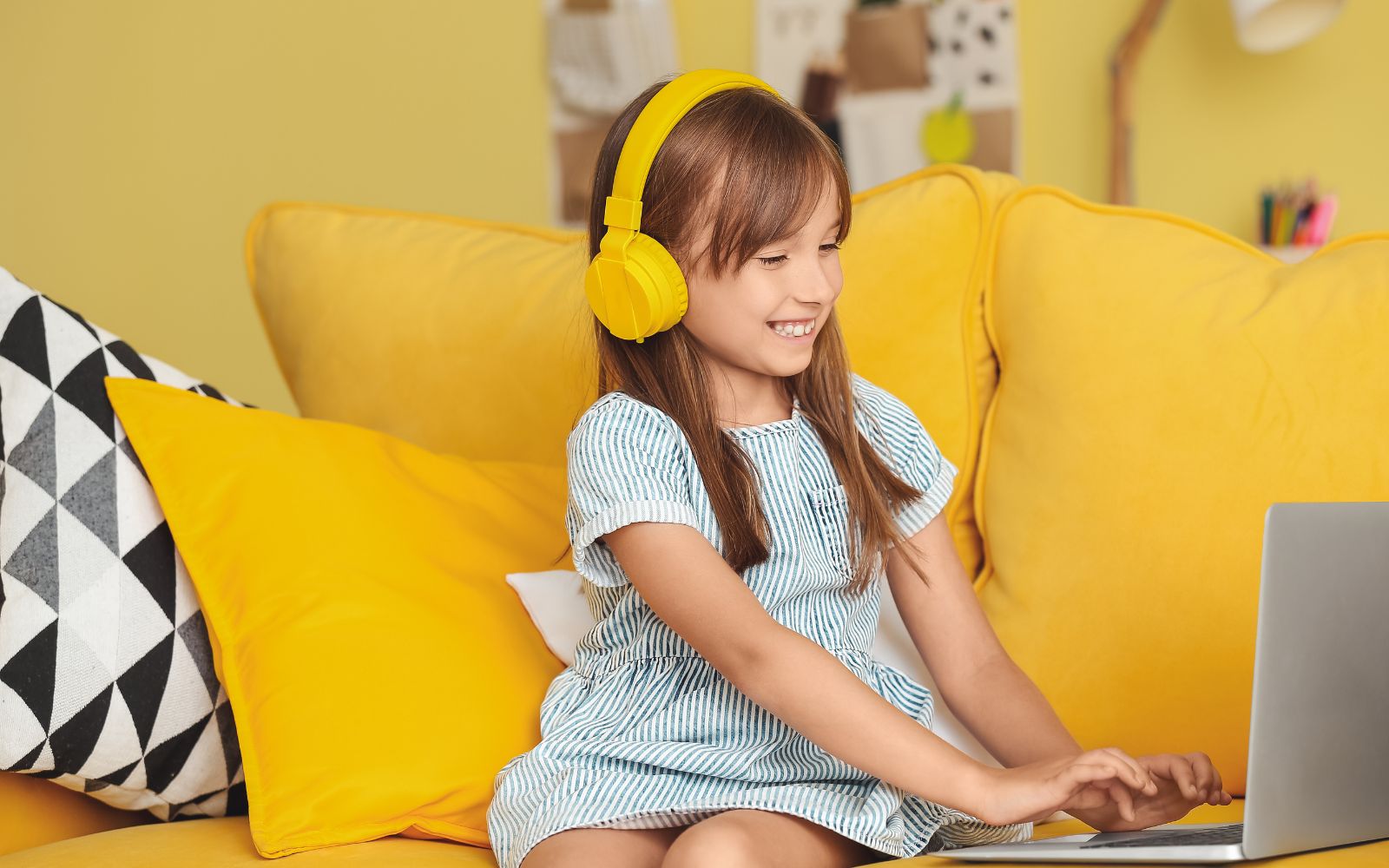
Encourage kids to create their own playlists with songs that reflect their emotions or help improve their mood. This activity allows them to connect with how they feel, explore their emotional landscape, and use music as a powerful way to relax and express themselves. It’s not only a fun and creative outlet but also a helpful tool for managing stress, boosting their mood, and promoting emotional well-being.
Benefits:
- Encourages self-expression through music.
- Helps in emotional regulation and stress relief.
- A fun activity for both kids and teens at home or in groups.
10. Group Games for Team Building
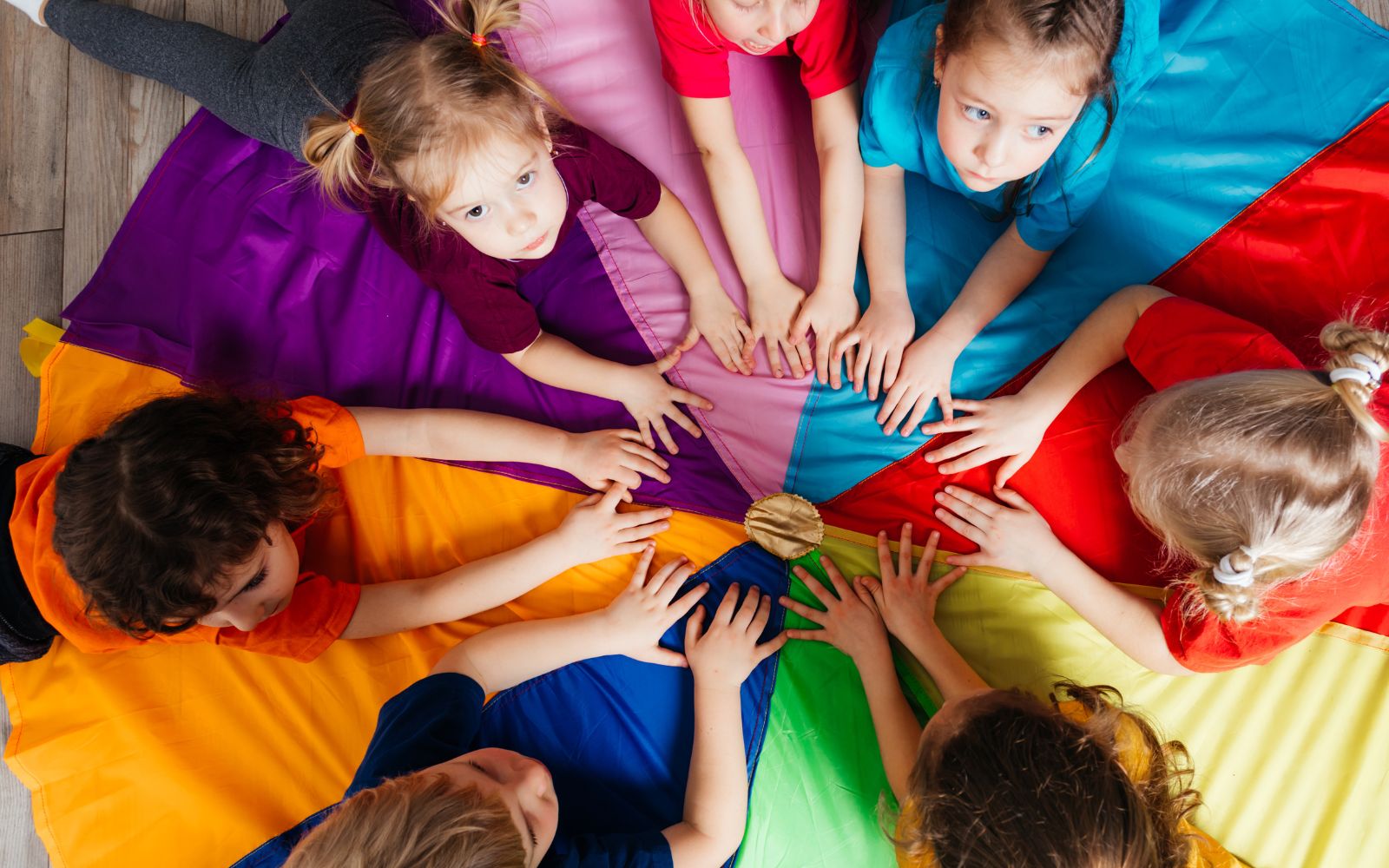
Interactive games like “Trust Walk” and “Emotion Bingo” help children develop teamwork skills while building trust with their peers. These activities encourage communication and emotional awareness, fostering stronger connections. Through these games, kids learn to work together and support one another in fun, engaging ways. For more ideas on engaging group activities, visit Kappa Kappa Psi, an organization dedicated to leadership and community development through music and service.
Benefits:
- Improves stronger relationships and collaboration skills.
- Increases confidence through positive interactions.
- Ideal for classrooms, camps, or family get-togethers.
Frequently Asked Questions (FAQs)
Q: What are the benefits of Mental Health Activities for Kids
They help kids manage stress, build resilience, and improve emotional regulation.
Q: What age group can benefit from these activities?
These activities are suitable for kids of all ages, with adjustments for different developmental stages.
Q: How often should these activities be practiced?
Practicing them regularly, such as a few times a week, is most effective for long-term benefits.
Q: Are special materials needed for these activities?
Most activities require minimal materials, like paper, pens, or outdoor space.
Final Thoughts
Incorporating these mental health activities into the lives of kids, families, and educators can promote their emotional and social development. These easy practices can help foster resilience, empathy, and self-awareness, which in turn form a foundation for a brighter, healthier future.

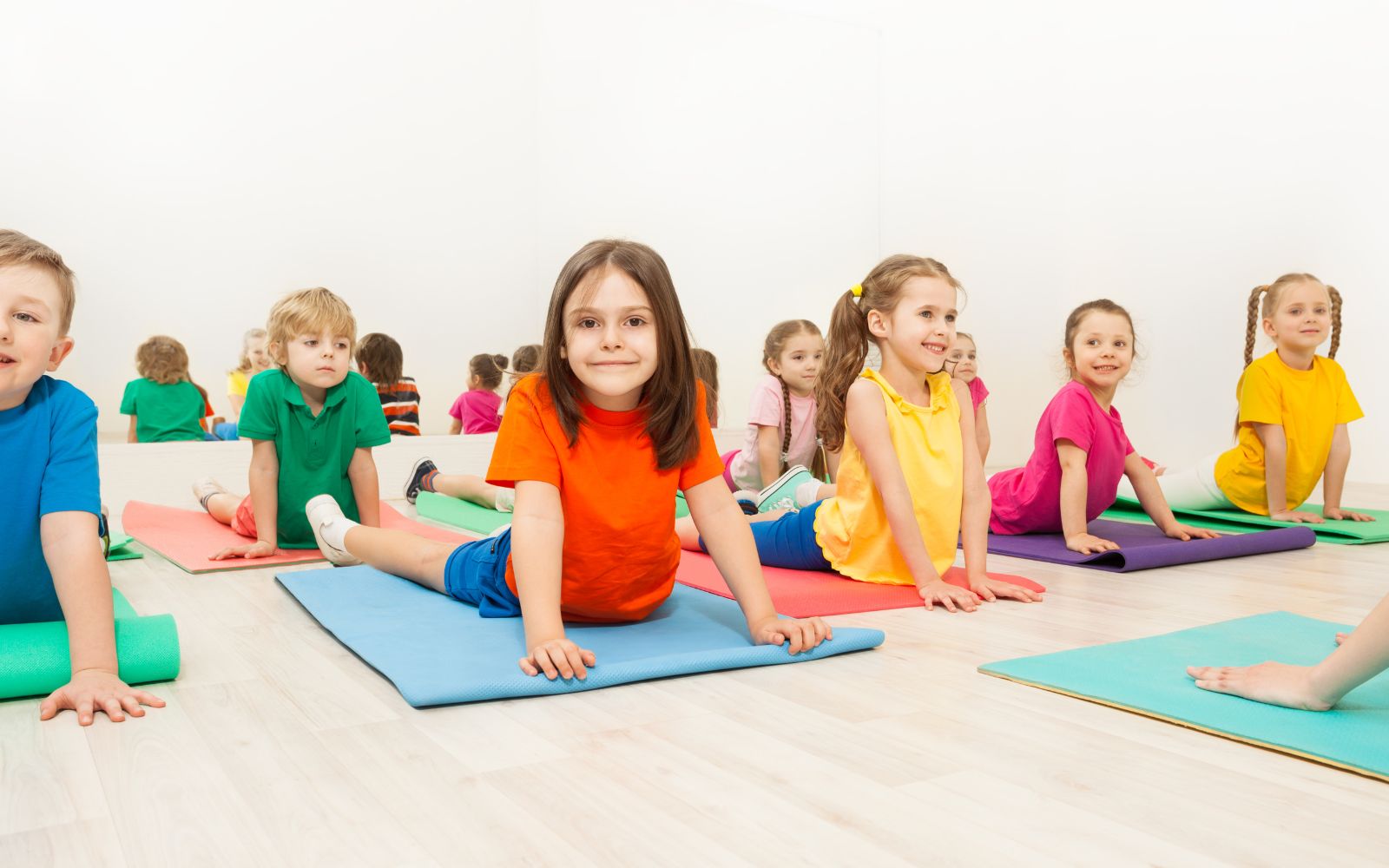
Very Helpful ARticle for me. Thanks!
Can you be more specific about the content of your article? After reading it, I still have some doubts. Hope you can help me. https://accounts.binance.com/sk/register-person?ref=OMM3XK51
Your point of view caught my eye and was very interesting. Thanks. I have a question for you.